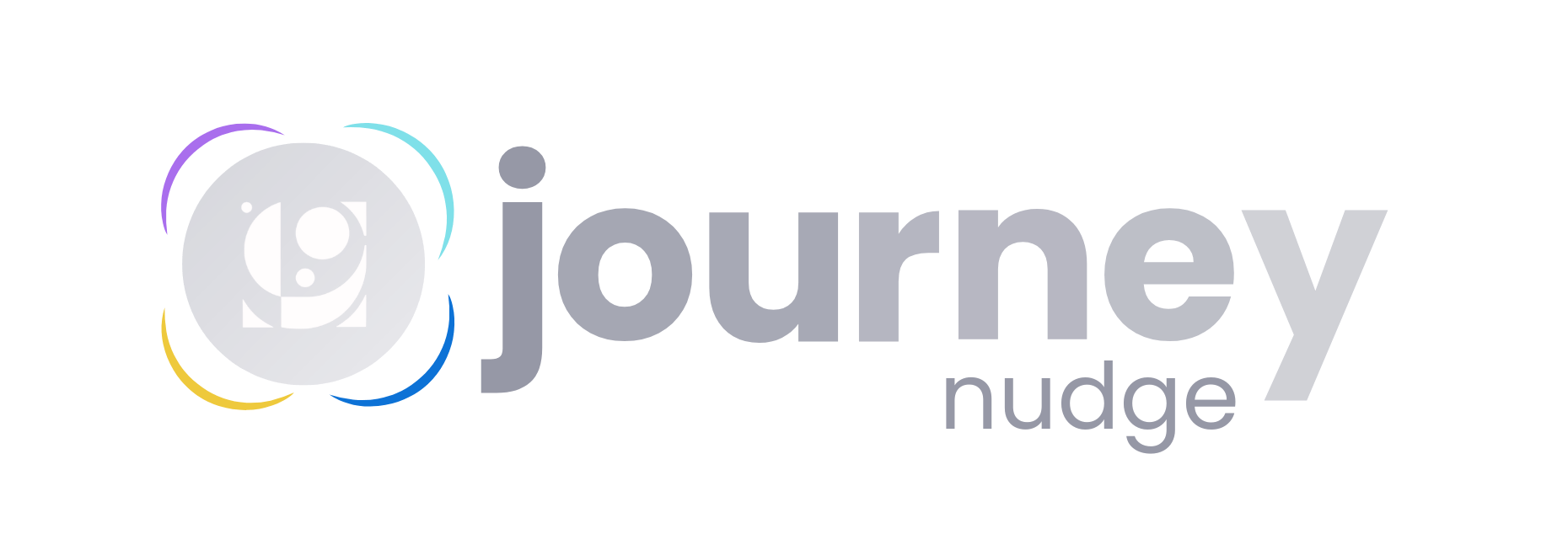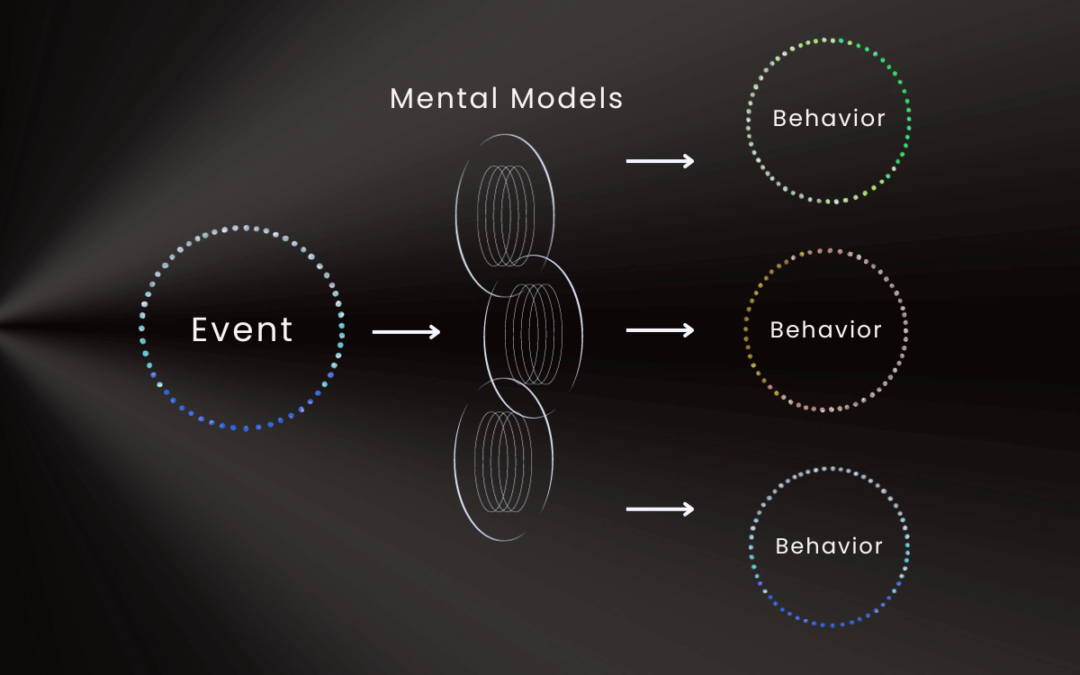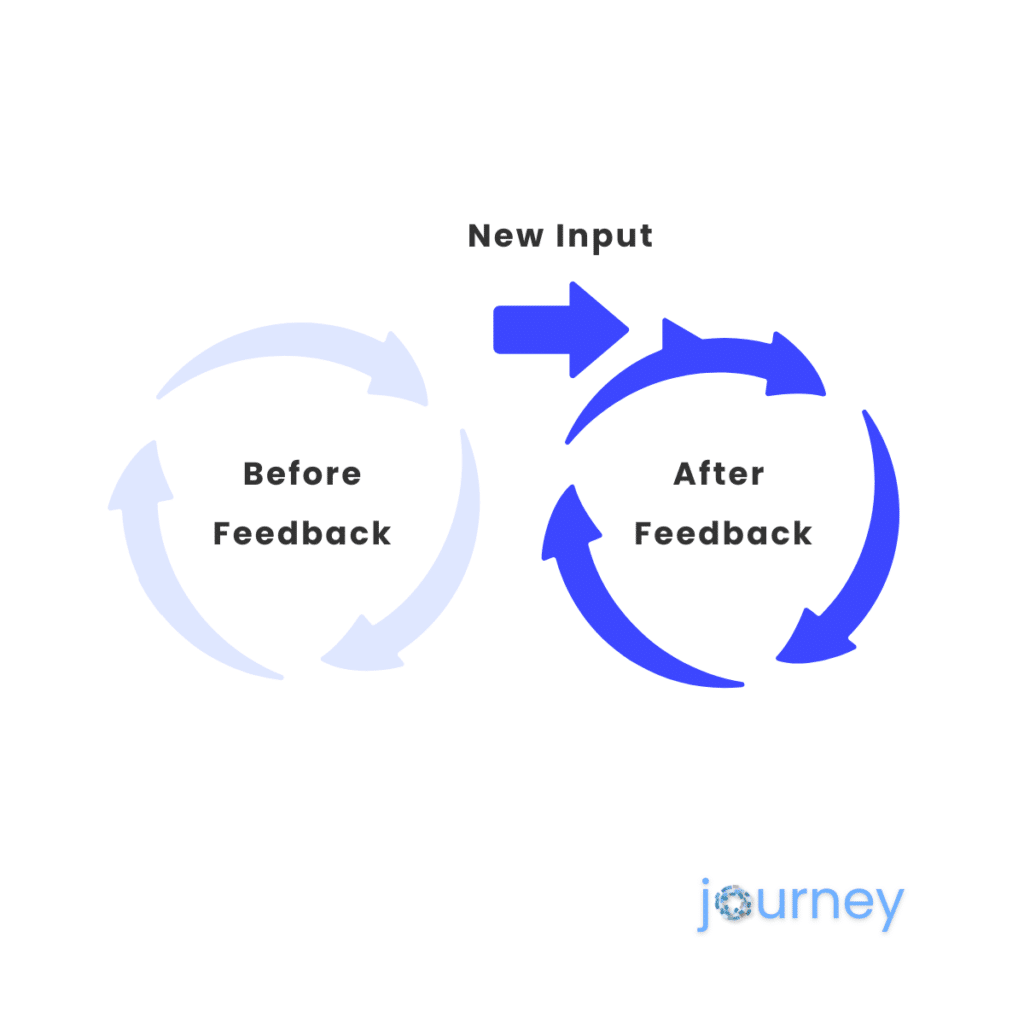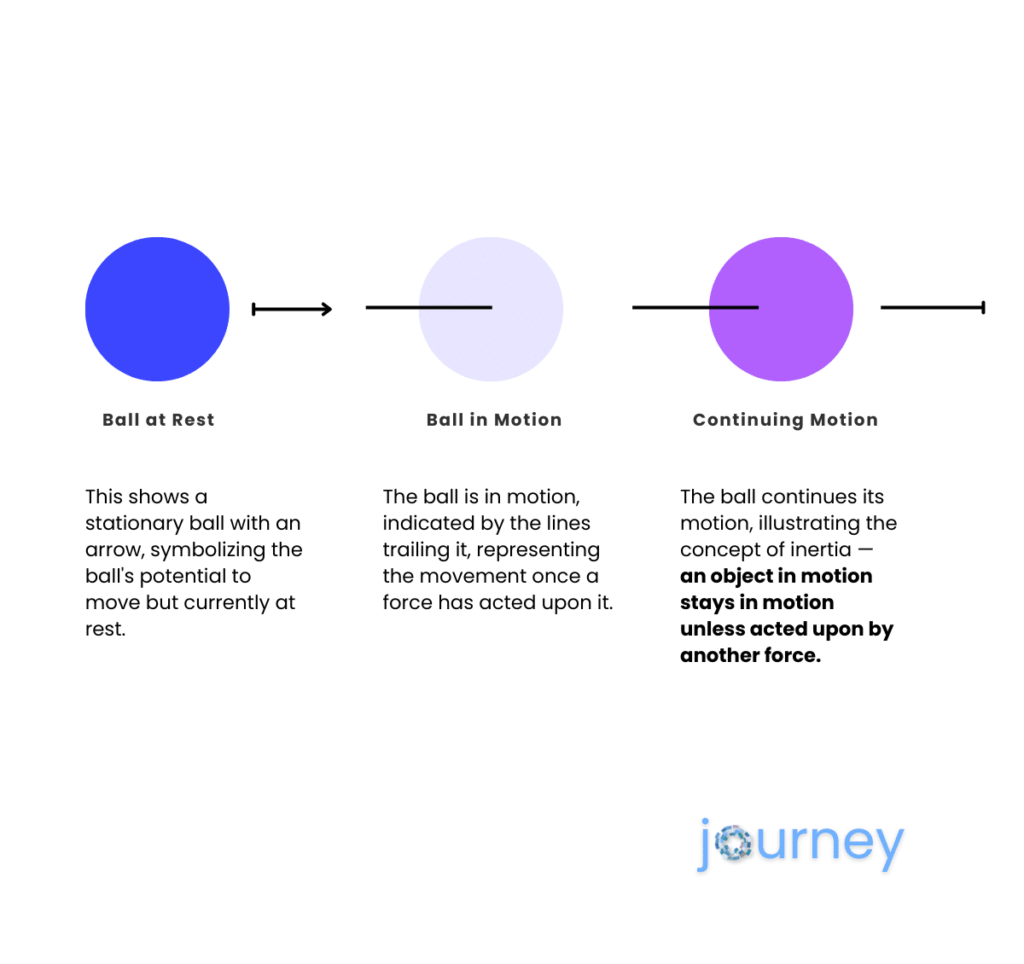Reading Time: 6 minutes
Key Points
- Thought Experiments as Problem-Solving Tools: Thought experiments, long used by great thinkers like Einstein, enable exploration of scenarios and outcomes beyond our immediate grasp, offering valuable insights into complex problems.
- Unleashing Speculative Thinking: These mental exercises push us to confront challenging questions, highlighting gaps in our knowledge and the limits of human understanding.
- Applications Across Fields: From philosophy to science, thought experiments have been pivotal in shaping discoveries, helping us evolve our understanding of abstract concepts and ethical dilemmas.
Thought Experimentation: A Journey Through Intellectual Exploration
The power of thought experiments lies in their ability to transport us to realms of the impossible, the hypothetical, and the speculative. Tracing back to ancient Greece, these mental exercises have been instrumental in shaping philosophical thought, scientific theories, and ethical understandings.
Understanding Thought Experiments
1. Historical Significance:
- Zeno’s paradoxes questioned the very nature of motion and reality.
- Galileo’s reflections on falling objects laid groundwork for new gravitational theories.
- Descartes’ methodological skepticism led to profound philosophical insights.
2. Einstein’s Legacy:
- Einstein’s thought experiments on beams of light led to revolutionary ideas in physics, altering our understanding of time and space.
-
Beams of Light Thought Experiment: Einstein imagined racing alongside a light beam, leading him to discover new ideas about how time and space work together.
3. The Modern Relevance:
- In today’s complex world, thought experiments continue to be relevant, challenging our perspectives and offering fresh viewpoints on contemporary issues.
4. Psychological and Ethical Implications:
- The Trolley Problem, a classic ethical thought experiment, still provokes heated debate and introspection about moral choices and human psychology.
-
The Trolley Problem: A tough choice where you have to decide whether to change the path of a runaway trolley to save five people but harm one person. It made us think about what choices are right or wrong.
5. Mathematical and Theoretical Applications:
- Concepts like the Infinite Monkey Theorem illustrate the vast possibilities within the realms of probability and randomness.
-
Infinite Monkey Theorem: Imagine if a monkey randomly hits keys on a typewriter forever; eventually, it could type out a whole Shakespeare play. It’s a way to think about chance and randomness.
Practical Applications of Thought Experiments
A Nudge Towards Curiosity: Engage in one of the thought experiments below.
1. Challenging Your Thinking and Beliefs:
- Confront your beliefs and assumptions by engaging in thought experiments that test your understanding of complex issues.
- What deeply held belief do you have that, if reversed, could change your perspective on a significant issue?
- Imagine a world where your primary source of information is suddenly proven unreliable. How would you reconstruct your understanding of the truth?
2. Creative Problem-Solving:
- Utilize thought experiments to explore creative solutions to problems, simulating various scenarios and outcomes.
- Consider a problem you’re facing. Now, imagine you’re from a completely different culture or era. How would you approach this problem from that perspective?
- Think of a recent challenge. If you had unlimited resources but could not use conventional methods to solve it, what innovative solutions might emerge?
3. Broadening Perspectives:
- Delve into philosophical and ethical dilemmas through these mental exercises, gaining a deeper appreciation for the diversity of human thought and experience.
- Reflect on a major ethical dilemma. Now, imagine you’re arguing for the side you typically oppose. What arguments would you make, and what insights does this reveal?
- Explore a philosophical question that intrigues you. How would this issue be viewed by someone with a completely opposite life experience from yours, and what can you learn from that viewpoint?
4. Broader Inquiries:
- Consider a complex problem in your life. How would a thought experiment approach provide new insights?
- Reflect on a historical thought experiment. What lessons or perspectives does it offer for contemporary issues?
Practical Exercise 1: The “Invisible Stakeholder” Thought Experiment
Scenario: Imagine you’re leading a critical project with tight deadlines and budget constraints. Now, introduce an “invisible stakeholder” into your planning sessions, someone whose opinions and needs are not currently represented. This stakeholder could be an end-user, a community member affected by your project, or future team members who will inherit your project’s outcomes.
Concrete Steps:
1. Identify the Invisible Stakeholder:
- Determine who this stakeholder might be, based on the nature of your project. Is it the silent voice of the end consumer, the environment, or perhaps the regulatory bodies not yet involved?
2. Understand Their Needs:
- Brainstorm the needs, concerns, and expectations of this invisible stakeholder. What would they most care about in your project’s success?
3. Incorporate Their Perspective:
- Modify your project plan to address these insights. How would considering their perspective alter your priorities, risk assessments, or resource allocation?
4. Evaluate the Impact:
- Reflect on how this thought experiment changes the project’s trajectory. Does it introduce new challenges or opportunities? How does it affect the project’s deliverables or timelines?
Outcome: This thought experiment encourages project managers to consider broader impacts and diverse perspectives, leading to more inclusive, sustainable, and successful project outcomes.
Practical Exercise 2: The “Future Evolution” Thought Experiment
Scenario: You’re designing a new product or interface intended to be cutting-edge and user-friendly. Now, project yourself five years into the future. Technology has advanced, user behaviors have shifted, and societal norms have evolved. How does your design hold up?
Concrete Steps:
1. Forecast Future Trends:
- Research current trends in technology, user experience (UX), and social behaviors. Extrapolate these trends to imagine the future context in which your design will exist.
2. Re-evaluate Your Design:
- With this future context in mind, critically assess your design’s adaptability, sustainability, and relevance. Would future users find it as intuitive and useful as current users?
3. Integrate Future-Proofing Strategies:
- Modify your design to incorporate elements that ensure its longevity and adaptability. This might include modular components, customizable features, or adaptable interfaces.
4. Assess the Evolutionary Impact:
- Consider how these changes affect the usability, desirability, and viability of your design in the long term. Does it enhance the user experience and meet future needs more effectively?
Outcome: This thought experiment pushes designers to create more timeless, adaptable, and forward-thinking designs, ensuring that products or interfaces remain relevant and valuable in the face of inevitable technological and societal changes.




